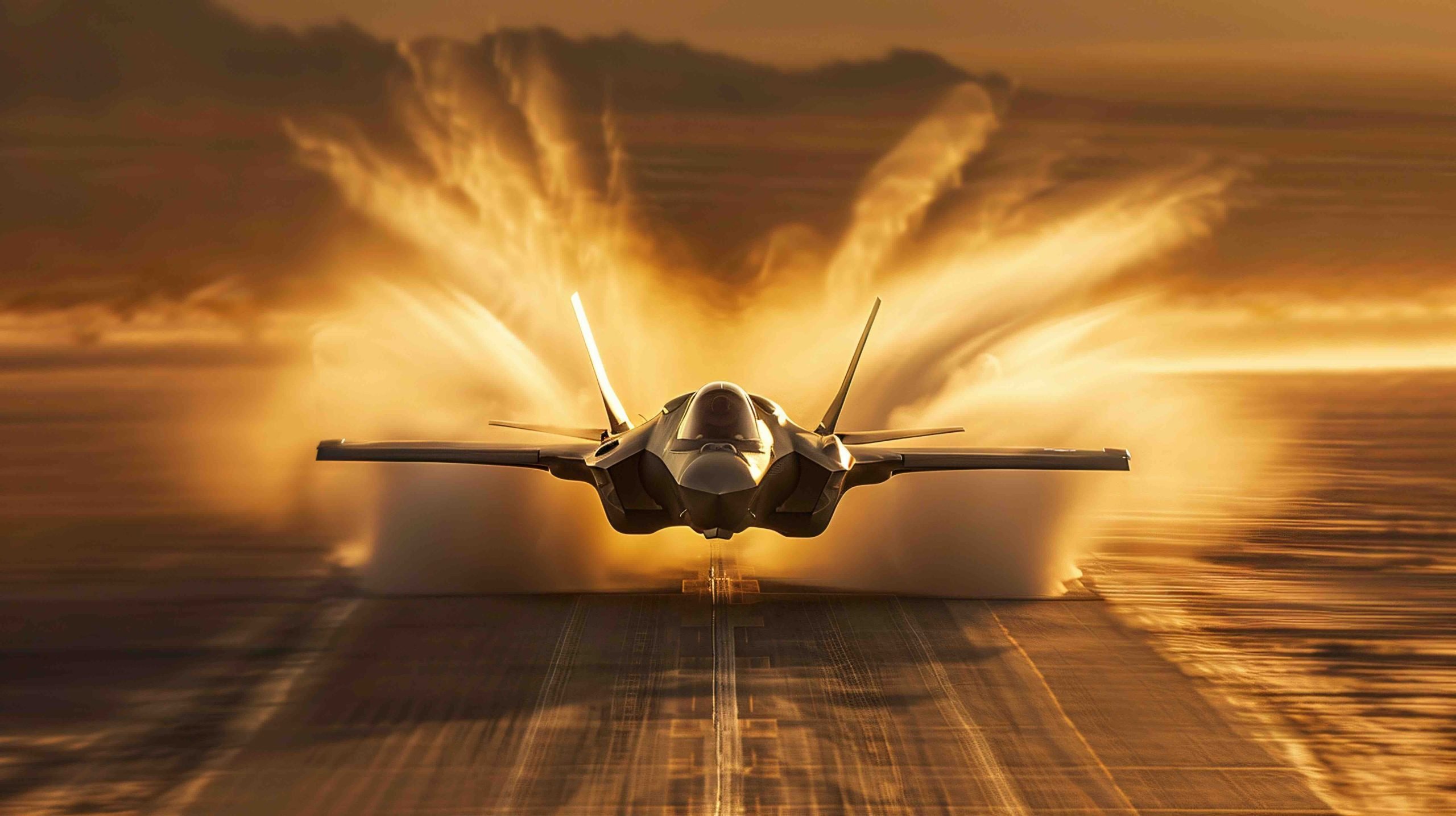China is making waves in the world of military aviation, thanks to its emerging J-35 stealth fighter. Though not as technologically advanced as the American F-35 or F-22, this new aircraft is poised to be a strategic force for China’s military plans, particularly in the Pacific region.
The J-35 fighter is key to China’s growing aviation capabilities. Although it might lack the cutting-edge features of its American counterparts, it compensates with its potential integration into China’s sophisticated long-range detection and targeting systems. This capability positions it as a formidable contender against older fourth-generation aircraft like the F/A-18.
One significant advantage of the J-35 is its smaller size and lower production cost. These factors could lead to large-scale manufacturing, greatly enhancing China’s military presence and influence across geopolitical arenas. The fighter’s inclusion in China’s strategy could challenge the dominance of Western countries in exporting fifth-generation fighters, as nations like Pakistan and Egypt express interest in purchasing it.
Importantly, the J-35 symbolizes China’s rapid technological progress and its commitment to closing the gap with American airpower. While still under development, the rise of the J-35 highlights China’s dedication to advancing its capabilities on the global stage. As such, the J-35 represents not only a shift in military strategy but also a potential pivot toward increased diplomatic influence for China as it continues to develop its aerospace prowess.
China’s J-35 Stealth Fighter: A New Dawn in Military Aviation?
China’s J-35 stealth fighter is capturing global attention as it represents a significant milestone in the evolution of the country’s military aviation prowess. While not as advanced as its American counterparts like the F-35 or the F-22, the J-35 offers several intriguing prospects that might well enhance China’s influence in the Pacific region and beyond.
Insights into J-35’s Specifications and Features
The J-35, with its strategically designed compact size, holds several advantages. Its smaller stature not only aids in agility but also contributes to lower production costs, making it more accessible for mass production. This could transform China’s strategic military capabilities, particularly in maintaining a robust naval presence with an efficient airpower component.
Market Analysis: Interest from Global Parties
Several countries, including Pakistan and Egypt, have shown interest in acquiring the J-35, which could disrupt the Western hegemony in the fifth-generation fighter market. This interest underscores the J-35’s potential role as a key player in global arms exports and a tool for cultivating strategic partnerships.
Integration with Advanced Systems
Even though the J-35 might lack some cutting-edge features of Western fighters, its capability to integrate into China’s sophisticated long-range detection and targeting systems positions it as a strong adversary against older fourth-generation fighters like the F/A-18. This integration enhances its combat efficacy, making it a crucial asset in China’s military arsenal.
Current Trends and Future Predictions
Analysts predict that the development and deployment of the J-35 could mark a shift in military strategy and diplomatic influence for China. As the country continues to advance its aerospace technology, the J-35 is likely to play a central role in China’s broader military ambitions and regional dominance.
Potential Challenges and Controversies
Despite its promising prospects, the J-35 is not without its challenges. Issues such as the complexities of stealth technology, avionics integration, and pilot training could be significant hurdles. Moreover, the geopolitical implications of China selling advanced military technology to other nations could incite controversies, particularly with Western powers wary of shifting balances in airpower.
China’s J-35 is a testament to the country’s commitment to bolstering its military might and technological capabilities, serving as both a military asset and a diplomatic instrument.
For more insights on China’s defense developments, visit the [Global Times](https://www.globaltimes.cn).

















